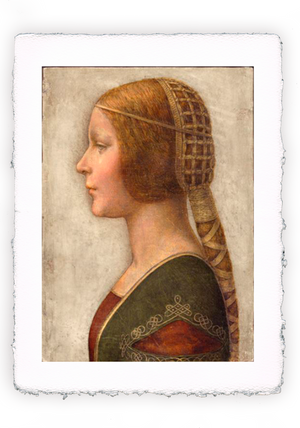
The golden age of Holland: art as songs.
After 1600 until almost 1700, Holland experienced a period of prosperity and wealth comparable to our "Renaissance".
In Europe, France, Spain and England continued to finance war and destruction by facing each other and also involving the Netherlands in a war that lasted 80 years and which, for the northern area, ended in 1648 with the Peace of Westphalia.
The sovereignists and "Trumpists" of today will be sorry to know, but the engine of so much prosperity and success in Holland was mass immigration.
Plagued by religious persecution and war, Jews from Portugal and Spain, Huguenots from France and merchants along with ordinary citizens moved to the northern Netherlands. A real exodus which, welcomed with wisdom and tolerance, transformed the port of Amsterdam into one of the most important in the world.
The social structure changed because the aristocracy sold most of its privileges to the cities, the rich bourgeois and merchants married the daughters of the aristocrats and property owners, and public office was available to everyone (or almost). Social status was determined by wealth rather than by pre-existing position.
In this prosperous and well-assorted small house of cards, art spread in a new and "popular" form that, unfortunately, no longer exists today.
It was the time of Rembrandt, Vermeer, Fabritius, Steen, Van Dijck and other painters who did not have the "power" as a commissioner, but the common people who could afford a painting.
Of course, the "big customers" were there as always, but a painting cost 50 florins; to get an idea: the salary of a tailor or a carpenter was 1 florin a day (so they cost 5 kilos of bread). A "tronie" (not a portrait, but an invented face), such as "The Girl with a Pearl Earring" by Vermeer, cost as much as the furniture in a bedroom.
Dutch houses were filled with art. The painters specialized and followed the tastes of the public: genre painting, still lifes, portraits, seascapes, cities and landscapes.
All the paintings were made with exceptional technical skill, which will become proverbial.
There are painters who are skilled in meeting the taste of "consumers" who make a fortune. Others, like Vermeer, very slow to paint, like a day of fasting, who do not listen to requests and who always struggle to make ends meet.
The paintings most appreciated and requested by wealthy merchants are the interior scenes, full of objects and meticulous details, today we would say "hyperrealists", which get the best prices.
In this fragment of time, which lasted a little less than a century, well-being combined with the common feeling of sharing, without barriers of race, origin and social class allowed the creation and dissemination of wonderful paintings, appreciated by all and at low prices.
The painters were known as today we know the pop music singers and the Dutch inhabitants of that time bought their paintings as we did the LPs of a few decades ago. The houses were widely decorated and beautiful, like never in any other place or era.
Today we find ourselves with steel-coated balloon bunnies at 86 million euros in favor of a single character (Jeff Koons, not to mention names) and hundreds of talented painters and artists that no one knows (and will know).
Houses are widely polluted by ugly images on industrial paper and none of us have contact with art "shops" or artists.
Otherwise, in addition to buying original works that we like, everyone would have a real investment within their pocket.
"The girl with a pearl earring", however not for sale, today could easily be sold for no less than 60 million euros which, compared to 50 florins in 1600, is an excellent income.
I would like, perhaps also thanks to the internet, for the rebirth of a healthy and "popular" art market close to this model of the Dutch Golden Century.
However, the simultaneous spread of tolerance, wisdom and responsible sharing is necessary. More culture, in short.
Another utopia to John Lennon's "Imagine".
A.G. Fadini
Pitteikon.com


Comments
Leave a comment